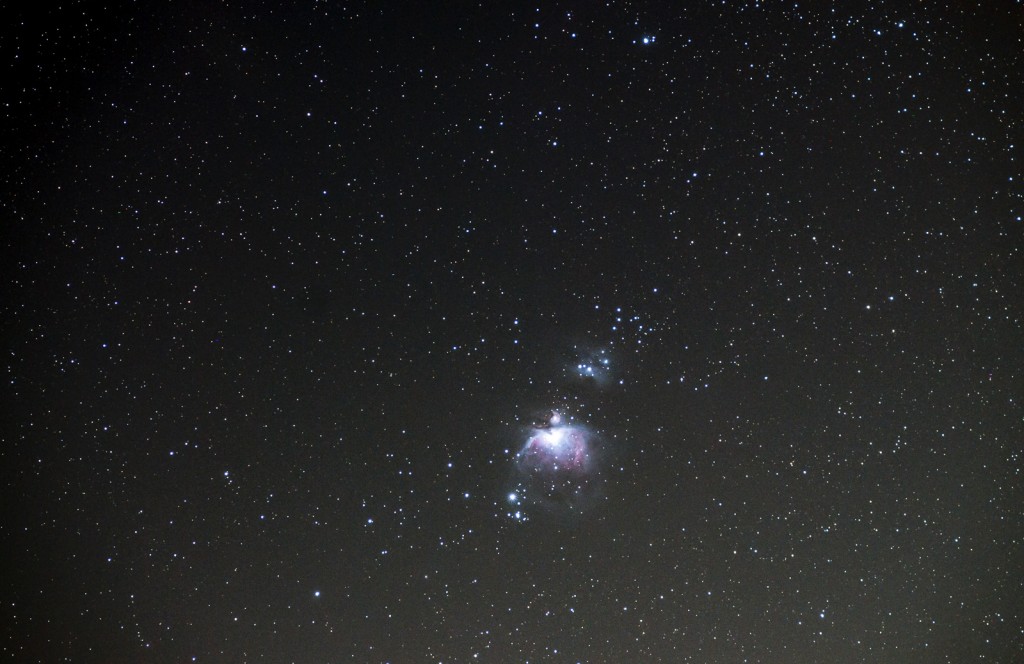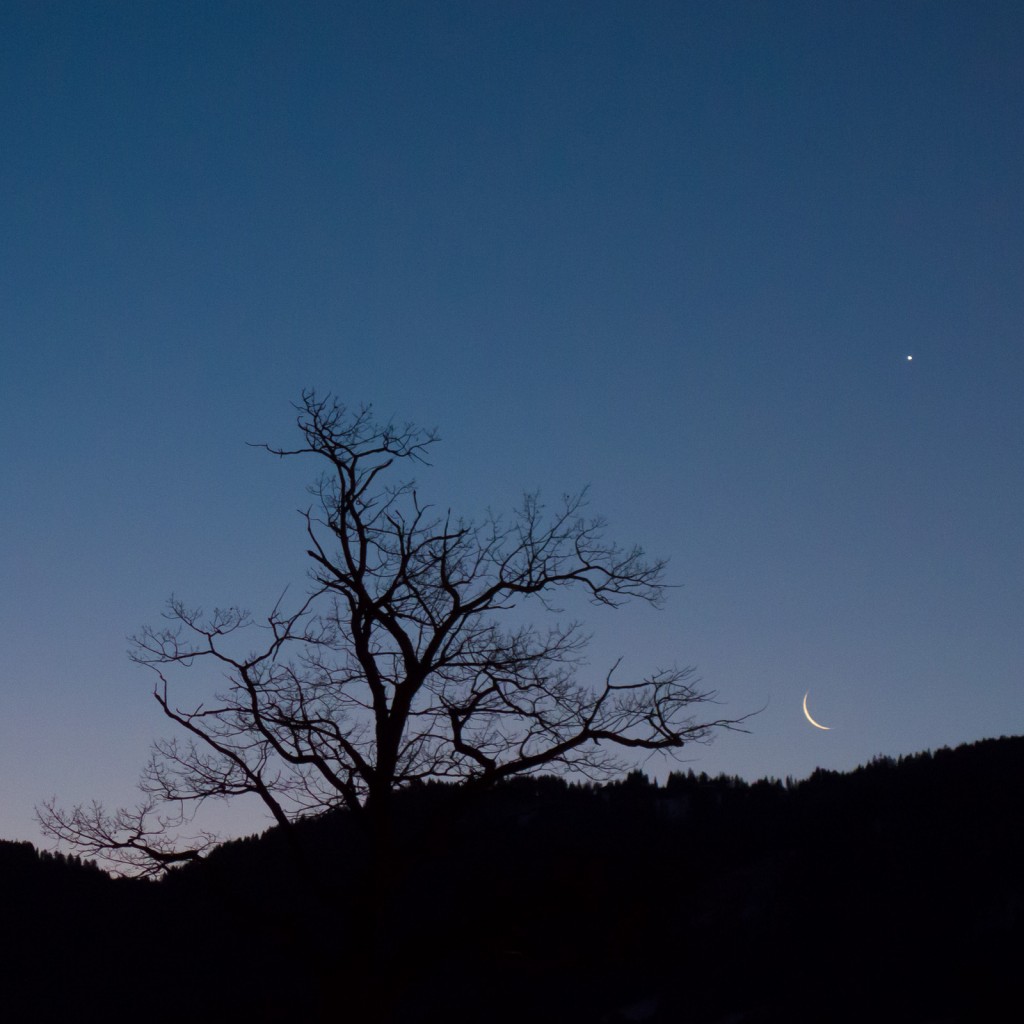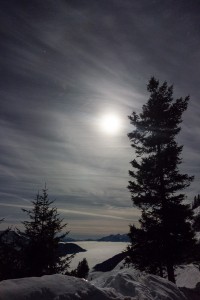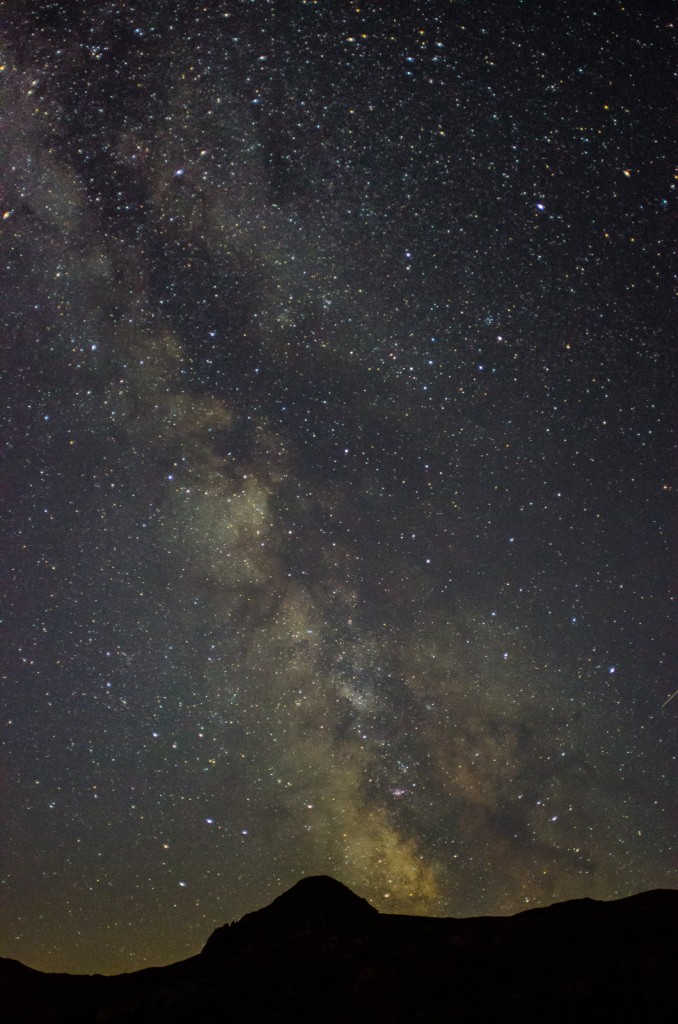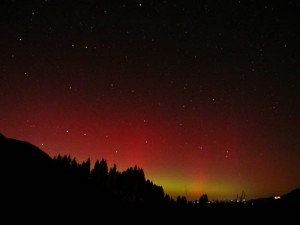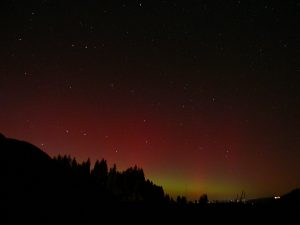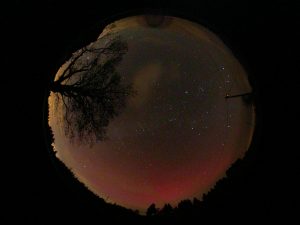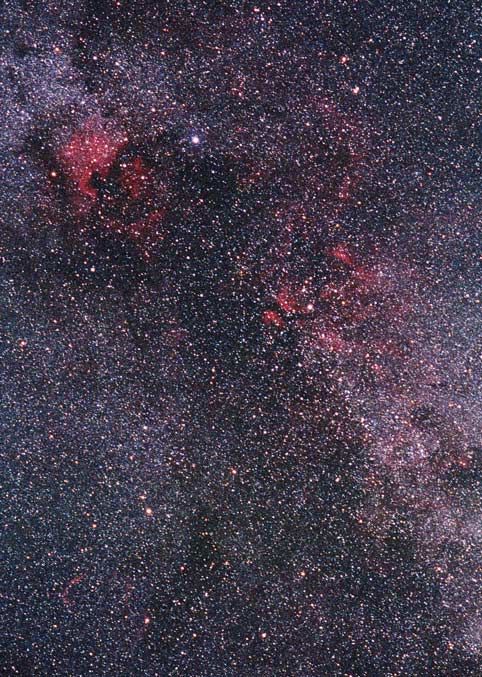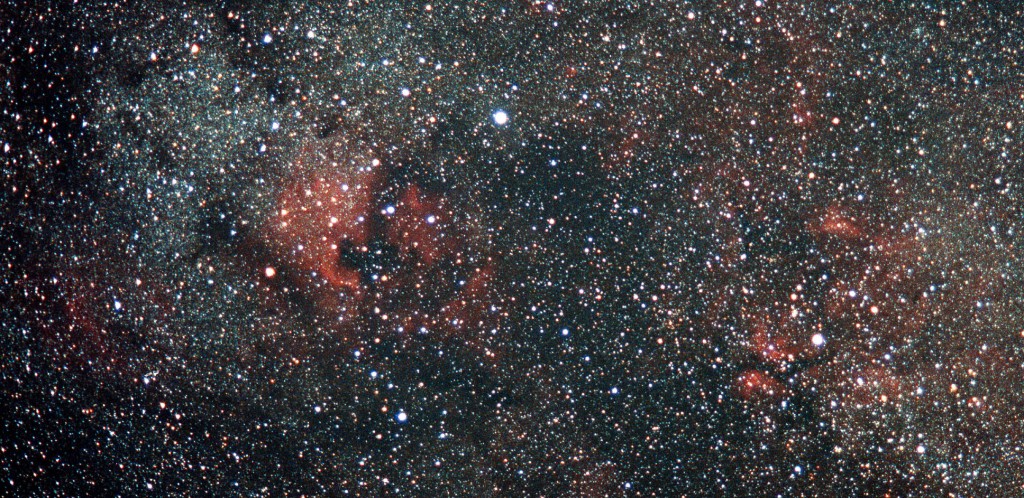In preparation for an upcoming trip I am doing some equipment tests to prepare for the opportunity to observe from a dark sky.
It turns out even with the very rough polar alignment that is possible with the built-in peephole of the Polaire tracking mount 30 second exposures are possible with 180mm focal length on an APS-C camera:
3 x 30s – f/4 – ISO 1600, no darks, no flats, stacked with DeepSky Stacker, Nikon AF Nikkor 180mm f/2.8, Nikon D7000
This is the ful frame:
detail of the image above: Read More
